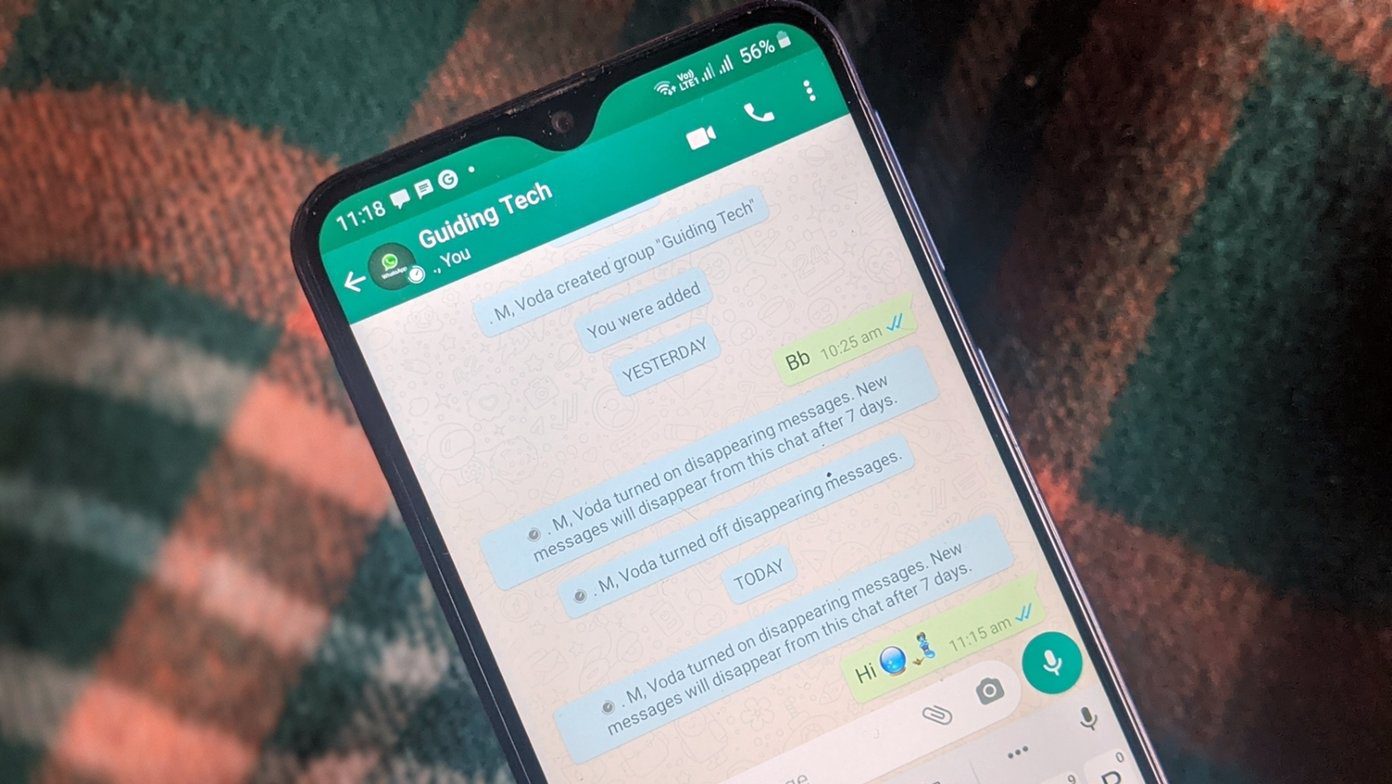Chrome profiles come handy if you share your computer with multiple people. Or, when someone wants to use Chrome for a short duration, you can either create a different profile or use the guest profile.
Let’s dive deeper into the world of Chrome multiple accounts feature. Here, you shall get to know how to manage and set up Google Chrome profiles.
1. What Are Chrome Profiles
Chrome profiles provide a way to keep your Chrome data, such as bookmarks, history, passwords, and other settings, separate for each user. Say you share your Chrome with your sibling. Instead of creating a new user profile for your entire computer, you can create two Chrome profiles to keep the personal information separate. Each profile will behave as an independent entity and will sync data limited to its user only. It’s important to keep in mind that any user can switch to the other Chrome profiles and view personal data. Profiles aren’t password protected. So create a Chrome profile for trusted contacts only.
2. Where Can You Use Chrome Profiles
Chrome profiles are available on PC only. You cannot use them on Chrome mobile apps (Android or iOS). However, if you want to separate your information in Android, you can try the multiple users feature of Android.
3. How to Create a Chrome Profile
Creating a Chrome profile is an easy job. Here are the steps to create a new profile. Step 1: Launch Chrome on your PC. Step 2: Click on the Profile icon at the top. From the menu, select Add. Step 3: A new pop-up window will open. Type a name for your profile and select a profile image from the given list. You can edit both of them later. Click on Add at the bottom. Tip: To add a shortcut for the new Chrome profile on your desktop, check the box next to ‘Create a desktop shortcut for this user.’ You will be taken to the newly created Chrome profile. Log in with a different Google account to sync the data such as bookmarks, passwords, etc. from that account.
4. How to Switch Chrome Profiles
You can either launch a Chrome profile using its shortcut on the desktop or switch from the current profile. In the latter case, click on the Profile icon in Chrome. Then click on the profile that you want to open.
5. Rename and Change Photo of Chrome Profile
For that, open the Chrome profile that you want to rename. Click on the three-dot icon at the top and select Settings. Click on ‘Chrome name and picture’. Then type a new name and select a different picture.
6. Create a Desktop Shortcut for Chrome Profile
There are two ways to do so. Firstly, when you are creating a profile, you can enable the toggle next to Create desktop shortcut. Secondly, you can do it from the ‘Chrome name and picture’ setting. For that, go to Chrome Settings > Chrome name and picture. Enable the toggle for Show desktop shortcut. A shortcut icon will be added on your desktop. Each profile has a designated photo and name.
7. Delete Chrome Profile
For that, open Chrome from any profile. Click on the Profile icon at the top. Then, click on the settings icon. Hover your mouse over the Chrome profile that you want to remove. Click on the three-dot icon and choose Remove this person. Note: Anybody can remove other Chrome profiles. So make sure you share your Chrome only with the people that you trust.
8. Can You Run Multiple Profiles At Same Time
Yes. That’s the beauty of Chrome profiles. You can run multiple profiles at the same time. Of course, that’s going to take a hit at your RAM. Be prepared for that.
9. What Are Guest Profiles
The profiles created in the above manner are permanent. Those profiles remain active until you delete them. In case you want to create a Chrome profile for a temporary one-time user, you can use the guest profile. We have covered guest profiles on Chrome in detail in our separate post. Also, take a look at how guest profiles differ from Chrome’s incognito mode.
Move Profile to a New Computer
If you share Chrome or the computer with other people, you might want to keep your data separate. And when you want to move that data to a different and new computer, you need to sign in to your Google account in Chrome settings (if you haven’t already done that already). Then, sign in with the same account on your new computer. Voila! All your web history, bookmarks, and passwords will automatically become available on the new device. Next up: Are you facing any performance issues with Chrome? Find out what happens when you reset Chrome from the next link. The above article may contain affiliate links which help support Guiding Tech. However, it does not affect our editorial integrity. The content remains unbiased and authentic.
























